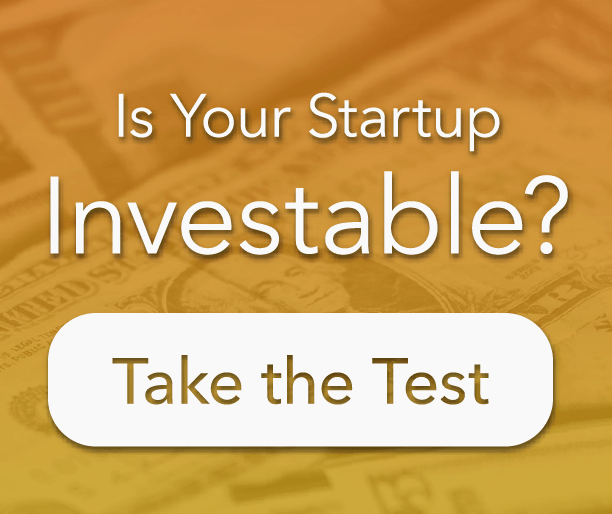
Customer Discovery is not a static operation. It is a continuous flow. The more you know about who will use your product, the greater the likelihood of success.
Customer Discovery, discerning what a potential user wants and needs, is crucial to creating a viable, profitable company. The fundamental purpose of a startup is solving a problem faced in the market. This may seem obvious, but often times founders skip validation and make assumptions.
Several problems arise from this situation:
- Failure to understand exactly who the customer is allows the focus to drift rather than be directed laser-like on the core problem.
- Principals within the company may have different interpretations, which can cause conflicting directives leading to inefficient allocation of scare resources.
- Misdirected marketing and advertising activities can attract “unqualified” prospects wasting resources.
Typically, as your product or service evolves, the nature and specifics of the “Customer” must be refined. Remember, you must always maintain the “connection between the subject and the verb,” the solution and the user.
The first task is to correctly link the identified problem and your specific solution to the potential user.
- Who has the problem?
- How does it affect them?
- Does your solution actually fix the problem, not your depiction of the problem?
Developing a comprehensive analysis of the target market is critical to adding and developing the value of your product. The value of the product needs to be clear, concise, and most of all – easy to understand. The goal is for the product to add value to the user’s life or solve a pain-point or problem. To have a successful product is to successfully enhance your consumer’s life.
5 Steps from Concept to Startup
If the product successfully adds value to the user’s life, then the next natural analysis is to understand the appropriate marketing channels your target demographic uses. Understanding this early on will streamline future marketing efforts and keep the CAC low.
Although the terms “consumer” and “user” are often used interchangeably to describe the end user of the product, there are distinct differences worth noting.
User vs. Consumer
- Consumer: The consumer is the person who purchases or obtains the product.
- User: The user (aka end-user) is the person who actually utilizes the product or service.
Although it’s assumed that the consumer is also the end user, that is not always the case. For example, if a father purchases a TV for his family, the father is the consumer, but the entire family are the end users. Consumers provide an abundance of valuable data on successful marketing of the product. After all, they paid for the product. However, the user data is the most valuable information as they are the actual users of the product.
More often than not, the user’s feedback will affect future consumers rather than the other way around. Regardless, both of these are potential customers. In solving the problem for the User, we assist the Consumer.
A common mistake entrepreneurs make?
Developing a fully finished, comprehensive product first instead of an MVP.
The Minimum Viable Product should be the lean version of the product that users can test. Think bare bones features and the condensed version of your product. Typically, the MVP is tested on a narrow set of target users who would have the most interest in the product.
By launching the MVP and gathering the subsequent data, the entrepreneur can analyze and make necessary changes to address problems or roadblocks users experienced. This can prevent unnecessary cash burn later on in product development. The final product will in turn have a higher value to the end user.
6 Startup Lessons Learned from Previous Mistakes
Through running beta tests with the MVP, you are able to target the Customer Validation process using survey feedback. This is a critical component of your Customer Discovery model, as it finalizes whether your assumptions of the consumers were true or false. Always consider creating a checklist of information and data you want to gather from your users at the beginning of product development.
The bottom line:
Defining and understanding your potential customers is key to the success of your start-up. Customer Discovery is not a static, one time operation. It is a continuous flow. The more you know about who will use your product, the greater the likelihood of success.
Ready to accelerate your business? Get organized for FREE with LaunchXL









